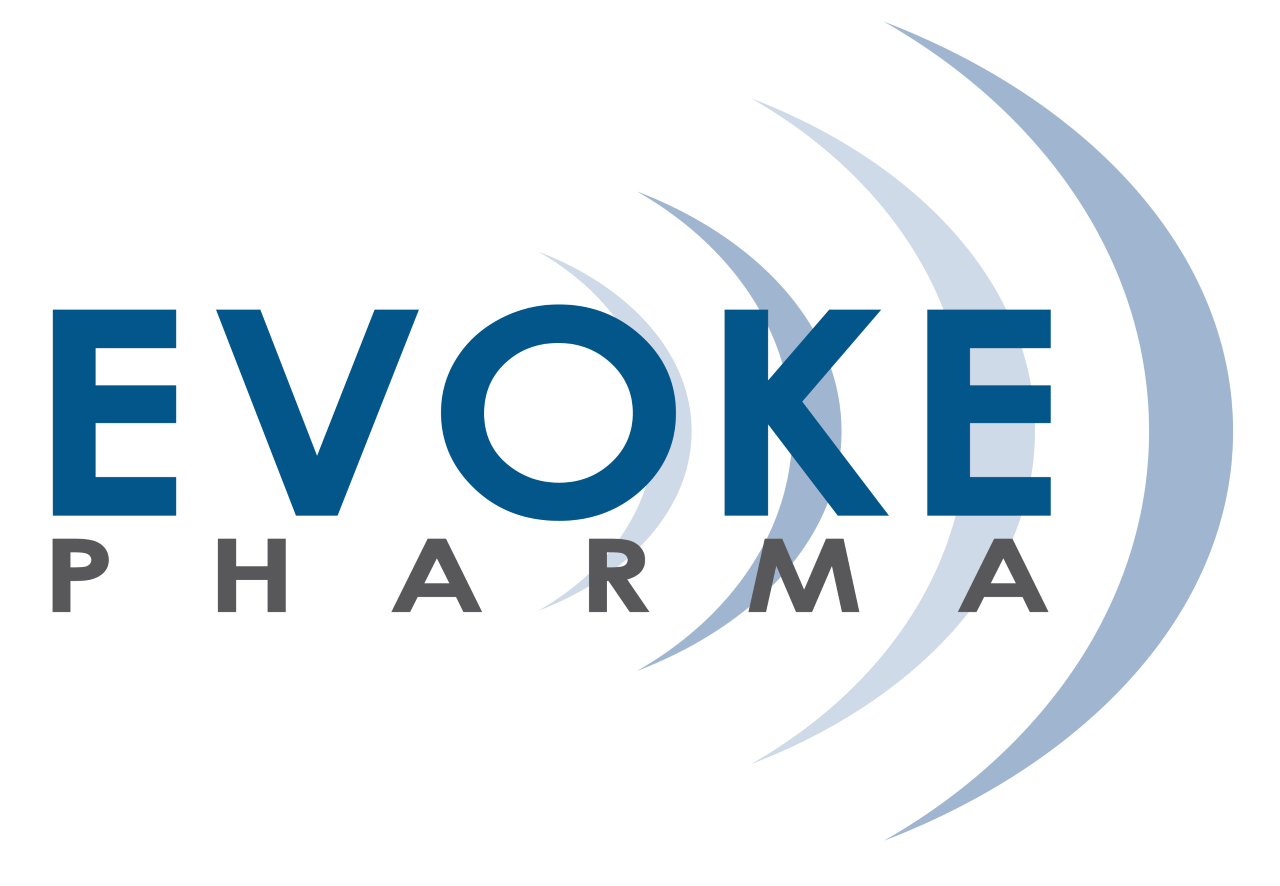Lactose is a sugar found in milk and other dairy products. Lactose intolerance is a condition where symptoms occur after digesting this milk sugar. Symptoms are produced when lactose is not adequately absorbed in the digestive tract.
Symptoms experienced after eating or drinking lactose-containing foods and beverages may include:
- watery stool or diarrhea
- abdominal cramps
- gas and/or bloating
Symptoms of lactose intolerance are similar to those in some other digestive disorders such as irritable bowel syndrome (IBS) or inflammatory bowel disease (IBD). Some people have both lactose intolerance and another disorder like IBS. Still others mistakenly think they have lactose intolerance, but do not.
A diagnosis by a healthcare provider is important to accurately determine what is wrong and how to best treat it.
Important Nutrients
Talk to your healthcare provider or dietitian about managing lactose intolerance symptoms and obtaining proper nutrients through dietary changes.
Did you know…
Non-Dairy Sources can Contain Lactose
Lactose or ingredients that contain lactose may be present in certain non-dairy foods. To determine if lactose is present or if any lactose-containing ingredients are used, always check the ingredient list on food packaging. Although dairy products are the primary sources of lactose, some processed or baked non-dairy foods may contain small amounts. This includes foods such as
- bread and other baked goods (e.g. pancakes, biscuits, cookies, and cakes)
- processed foods (e.g. breakfast cereals, instant potatoes, soups, margarine, salad dressings, and flavored chips and other snack foods)
- processed meats (e.g. bacon, sausage, hot dogs, and lunch meats)
- milk-based meal replacement liquids and powders, smoothies, and protein powders and bars
- nondairy liquid and powdered coffee creamers, and nondairy whipped toppings
Individuals who experience symptoms of an intolerance to lactose from small amounts of lactose-containing foods should look for words such as
- milk
- buttermilk
- malted milk
- whey
- lactose
- curds
- milk by-product
- dry milk solids
- nonfat dry milk powder
- margarine
- “sweet” sour cream
Lactose in Medications
Certain prescriptions and over-the-counter medications may contain a small amount of lactose. Talk with your healthcare provider about the quantity of lactose present in your medications, particularly if you have a low tolerance for even trace amounts of lactose. [Source: The American Dietetic Association]
Should I avoid lactose altogether?
Many people with lactose intolerance or those who suspect they have it avoid consuming dairy products altogether. However, it may not be required to completely eliminate foods and beverages containing lactose, such as milk and milk-based products. These items offer a convenient source of calcium, as well as other essential nutrients and vitamin D (if fortified). Not obtaining enough of these nutrients may increase the risk of chronic health conditions such as weak bones and osteoporosis.
Research suggests that adults and adolescents who have been diagnosed with lactose intolerance can comfortably ingest at least 12 grams of lactose (equivalent to 1 cup of milk) when administered in a single dose with no or minor symptoms
It may also help if you
- drink small amounts of milk at a time and have it with meals
- add milk and milk products back into your diet a little at a time to see how your body reacts
- try eating yogurt and hard cheese (cheddar, Swiss) which contain lower amounts of lactose than other milk products
Talk to your healthcare provider. If you have a diagnosis of IBS you may be tested to see if lactose intolerance is present. People with IBS whose tests prove negative will not be helped by a lactose free diet.
Find Non-Dairy Food Containing Calcium
Treatment of Lactose Intolerance
Treatment of lactose intolerance initially involves the elimination of all lactose-containing products from the diet.
Moderate amounts of dairy or modified dairy products may be gradually reintroduced into the diet as tolerated.
A healthcare provider or registered dietitian can help you plan your diet to minimize discomfort while maintaining a healthy balance in what you eat and drink.
Summary
If you struggle with digesting lactose, there are ways to manage it. You can identify which dairy products and foods you can consume without discomfort, and which ones to avoid.
Many people can still enjoy milk, ice cream, and similar products by consuming them in small amounts or with other foods. You can also opt for lactase liquid or tablets to help digest the lactose. Those who must avoid milk and milk-based foods can meet their dietary requirements by consuming calcium-rich foods like greens and fish that are lactose-free.
To minimize symptoms, it’s important to speak with a healthcare provider or dietitian about a diet that is customized to your needs and see if calcium supplements are recommended.
Primary source: NIH Eating, Diet, & Nutrition for Lactose Intolerance – Lactose Intolerance and Health













